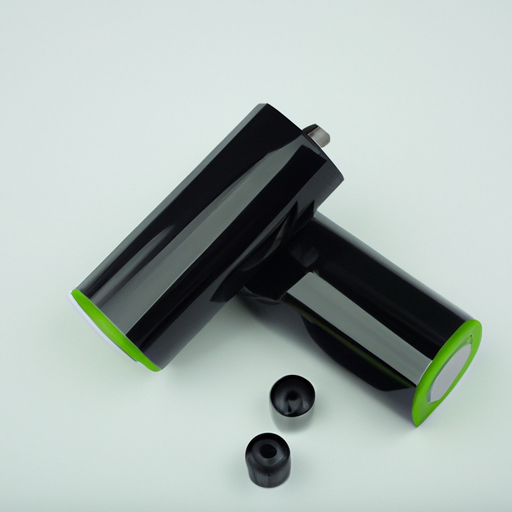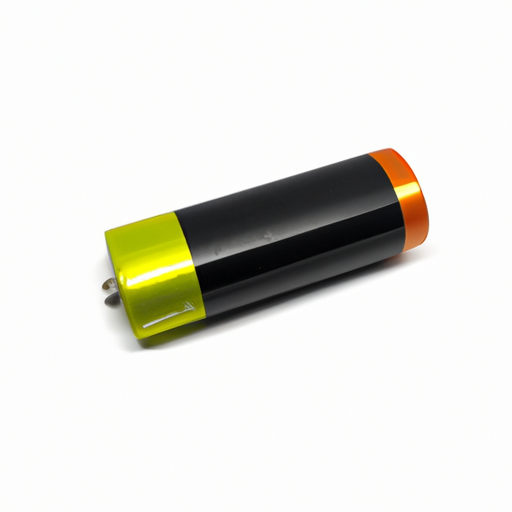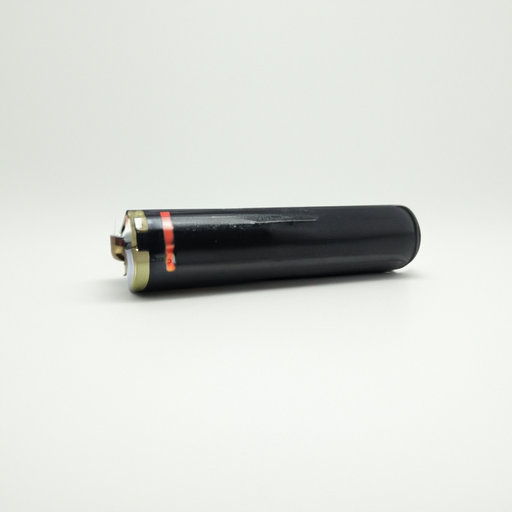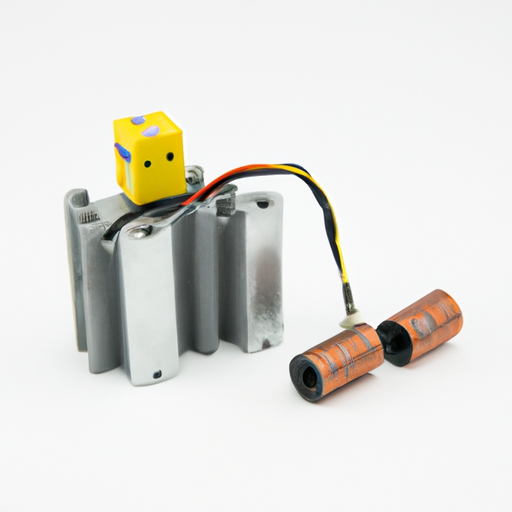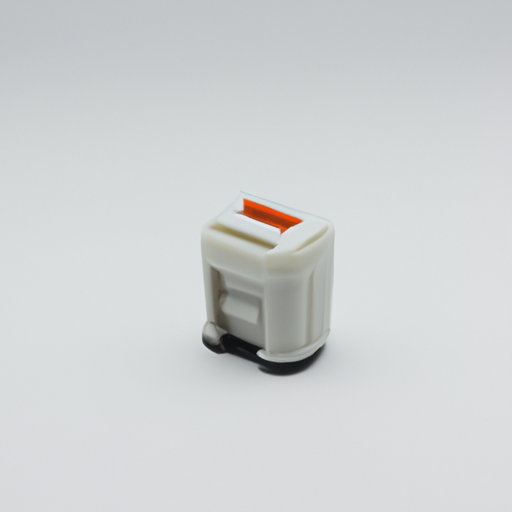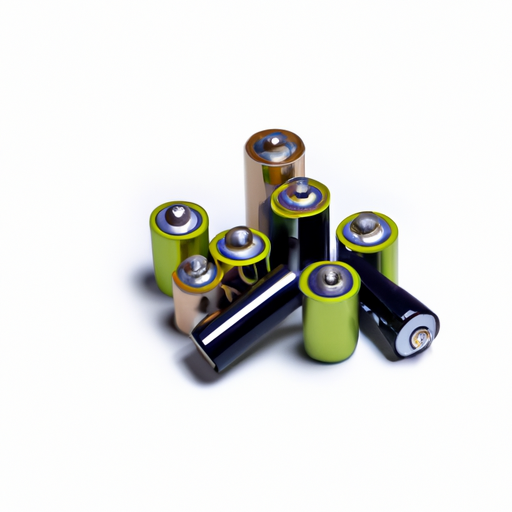What are the Product Characteristics of Battery Holder Components?
I. Introduction
A. Definition of Battery Holders
Battery holders are essential components in electronic devices, designed to securely house batteries while providing electrical connections to the device's circuitry. They come in various shapes and sizes, accommodating different battery types and configurations. Battery holders not only facilitate easy battery replacement but also ensure reliable electrical contact, which is crucial for the performance of electronic devices.
B. Importance of Battery Holders in Electronic Devices
In today's technology-driven world, battery holders play a pivotal role in powering a wide range of devices, from consumer electronics like remote controls and toys to critical medical equipment and automotive systems. A well-designed battery holder enhances the reliability and longevity of the device, making it an integral part of the overall design and functionality.
C. Overview of the Article
This article will explore the various product characteristics of battery holder components, including types, materials, design, electrical properties, safety features, performance characteristics, and application areas. Understanding these characteristics is essential for selecting the right battery holder for specific applications.
II. Types of Battery Holders
A. Fixed Battery Holders
1. Description and Use Cases
Fixed battery holders are designed to hold batteries in a stationary position. They are commonly used in devices where the battery is not intended to be frequently replaced, such as in wall clocks or smoke detectors.
2. Advantages and Disadvantages
**Advantages:** Fixed holders provide a secure fit, minimizing the risk of battery movement and ensuring consistent electrical contact.
**Disadvantages:** The main drawback is that they can be less convenient for applications requiring frequent battery changes.
B. Spring-Loaded Battery Holders
1. Description and Use Cases
Spring-loaded battery holders utilize springs to maintain contact with the battery terminals. They are often found in portable devices like flashlights and remote controls, where easy battery replacement is essential.
2. Advantages and Disadvantages
**Advantages:** These holders allow for quick battery changes and can accommodate slight variations in battery size.
**Disadvantages:** Over time, the springs may lose tension, leading to poor contact and potential device failure.
C. Battery Clips
1. Description and Use Cases
Battery clips are simple, often metal components that hold batteries in place by applying pressure. They are commonly used in low-cost devices and prototypes.
2. Advantages and Disadvantages
**Advantages:** Battery clips are lightweight, inexpensive, and easy to install.
**Disadvantages:** They may not provide as secure a fit as other types of holders, leading to potential connectivity issues.
D. Specialty Battery Holders
1. Description and Use Cases
Specialty battery holders are designed for specific applications, such as rechargeable batteries or unique battery shapes. They are often used in custom electronic projects or specialized equipment.
2. Advantages and Disadvantages
**Advantages:** These holders can be tailored to meet specific requirements, ensuring optimal performance.
**Disadvantages:** They may be more expensive and harder to source than standard holders.
III. Material Characteristics
A. Common Materials Used
1. Plastic
Plastic is a popular choice for battery holders due to its lightweight nature and resistance to corrosion. It can be molded into various shapes, making it versatile for different designs.
2. Metal
Metal holders, often made from materials like stainless steel or aluminum, provide excellent conductivity and durability. They are commonly used in high-performance applications.
3. Composite Materials
Composite materials combine the benefits of both plastic and metal, offering strength and lightweight properties. They are increasingly used in advanced electronic applications.
B. Impact of Material on Durability and Performance
The choice of material significantly impacts the durability and performance of battery holders. For instance, metal holders may withstand harsher environments but can be heavier, while plastic holders may be more susceptible to wear and tear.
C. Environmental Considerations
With growing environmental concerns, manufacturers are increasingly focusing on sustainable materials and production processes. Biodegradable plastics and recyclable metals are becoming more common in battery holder designs.
IV. Design Characteristics
A. Size and Form Factor
1. Standard Sizes (AA, AAA, 9V, etc.)
Battery holders are available in standard sizes to accommodate commonly used batteries like AA, AAA, and 9V. This standardization simplifies the design process for manufacturers.
2. Custom Sizes for Specific Applications
For specialized devices, custom-sized battery holders can be designed to fit unique battery shapes and sizes, ensuring optimal space utilization.
B. Mounting Options
1. PCB Mounting
PCB-mounted battery holders are designed to be soldered directly onto printed circuit boards, providing a secure and compact solution for electronic devices.
2. Panel Mounting
Panel-mounted holders are designed to be installed on the exterior of a device, allowing for easy access to the battery for replacement.
3. Surface Mounting
Surface-mounted battery holders are designed for easy installation on flat surfaces, making them suitable for various applications.
C. Contact Design
1. Spring Contacts
Spring contacts provide a reliable connection and can accommodate slight variations in battery size, making them ideal for portable devices.
2. Flat Contacts
Flat contacts offer a stable connection and are often used in fixed battery holders where the battery is not frequently changed.
3. Solder Contacts
Solder contacts provide a permanent connection, ensuring a secure electrical link but making battery replacement more challenging.
V. Electrical Characteristics
A. Voltage and Current Ratings
Battery holders are rated for specific voltage and current levels, which must match the requirements of the device they are used in. Exceeding these ratings can lead to overheating and failure.
B. Resistance and Conductivity
The materials and design of battery holders affect their resistance and conductivity. Low-resistance holders ensure efficient power transfer, which is critical for device performance.
C. Contact Resistance and Its Importance
Contact resistance is a crucial factor in battery holder performance. High contact resistance can lead to voltage drops and reduced device efficiency, making it essential to choose holders with low contact resistance.
D. Insulation Properties
Insulation properties are vital for preventing short circuits and ensuring user safety. Battery holders must be designed with appropriate insulation materials to meet safety standards.
VI. Safety Features
A. Short-Circuit Protection
Many battery holders incorporate short-circuit protection features to prevent damage to the device and ensure user safety.
B. Over-Voltage Protection
Over-voltage protection mechanisms help safeguard sensitive electronic components from damage due to excessive voltage.
C. Heat Resistance
Battery holders must be designed to withstand heat generated during operation, especially in high-performance applications.
D. Compliance with Safety Standards (UL, CE, etc.)
Compliance with safety standards is crucial for ensuring that battery holders meet industry regulations and provide safe operation in various applications.
VII. Performance Characteristics
A. Cycle Life and Longevity
The cycle life of a battery holder refers to how many times it can be used before performance degrades. High-quality holders are designed for longevity, ensuring reliable performance over time.
B. Temperature Range
Battery holders must operate effectively across a range of temperatures. Extreme temperatures can affect battery performance and holder integrity, making temperature range an important consideration.
C. Vibration and Shock Resistance
In applications where devices are subject to vibration or shock, battery holders must be designed to withstand these conditions without compromising performance.
D. Corrosion Resistance
Corrosion resistance is essential for battery holders used in harsh environments. Materials and coatings that resist corrosion help ensure long-term reliability.
VIII. Application Areas
A. Consumer Electronics
Battery holders are widely used in consumer electronics, including remote controls, toys, and portable devices, where ease of battery replacement is crucial.
B. Medical Devices
In medical devices, reliable battery holders are essential for ensuring consistent performance and safety, as these devices often operate in critical situations.
C. Automotive Applications
Battery holders in automotive applications must withstand harsh conditions and provide reliable connections for various electronic systems.
D. Industrial Equipment
In industrial settings, battery holders are used in equipment that requires portable power solutions, emphasizing durability and performance.
IX. Conclusion
A. Summary of Key Characteristics
Battery holders are vital components in electronic devices, with various types, materials, and design characteristics that influence their performance. Understanding these characteristics is essential for selecting the right battery holder for specific applications.
B. Importance of Choosing the Right Battery Holder
Choosing the appropriate battery holder can significantly impact the reliability and longevity of electronic devices. Factors such as material, design, and safety features should be carefully considered.
C. Future Trends in Battery Holder Technology
As technology advances, battery holder designs will continue to evolve, focusing on sustainability, improved performance, and enhanced safety features. Innovations in materials and design will likely lead to more efficient and reliable battery holders in the future.
X. References
A. Academic Journals
- Journal of Power Sources
- IEEE Transactions on Industrial Electronics
B. Industry Reports
- Battery Holder Market Analysis Report
- Consumer Electronics Association Reports
C. Manufacturer Specifications
- Manufacturer datasheets and product specifications for various battery holder components.
This comprehensive overview of battery holder components highlights their critical role in electronic devices and the various characteristics that influence their performance and suitability for different applications. Understanding these factors is essential for engineers, designers, and manufacturers in the electronics industry.

